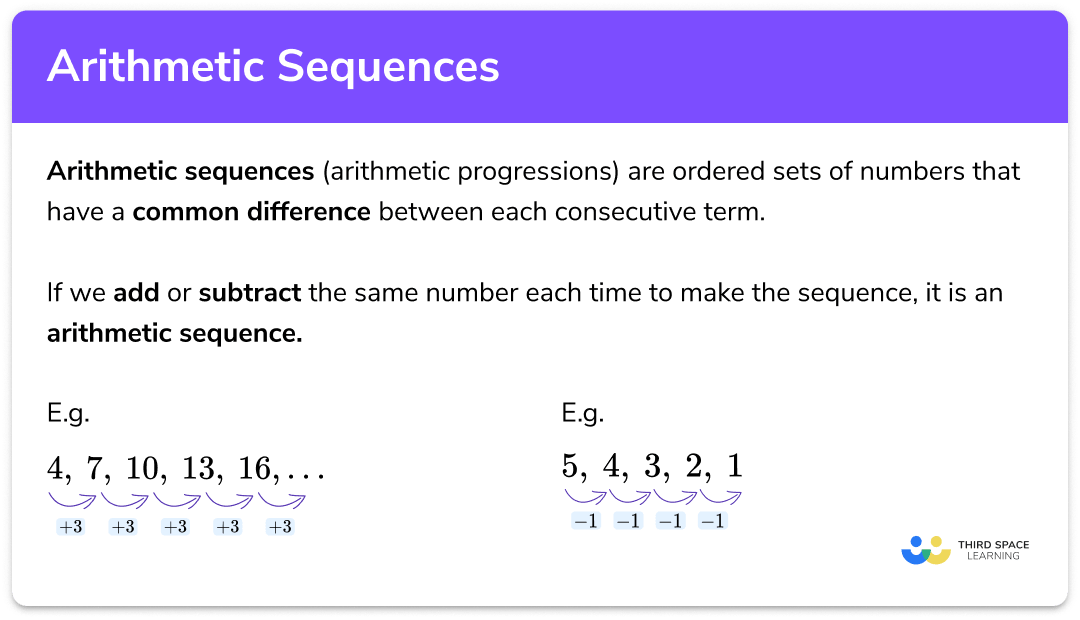

It can also be used by faculty who are looking for interesting and insightful problems that are not commonly found in other textbooks. The general formula for the nth term of a geometric sequence is: ana1rn1 where a1first term and rcommon ratio. With nearly 300 problems including hints, answers, and solutions, Methods of Solving Sequences and Series Problems is an ideal resource for those learning calculus, preparing for mathematics competitions, or just looking for a worthwhile challenge. Intuitive and visual arguments are presented alongside technical proofs to provide a well-rounded methodology. All you need to do is plug the given values into the formula tn a + (n - 1) d and solve for n, which is the number of terms.
#Solving sequences an how to#
How to solve : First You have to identify the pattern of current. The text aims to expand the mind of the reader by often presenting multiple ways to attack the same problem, as well as drawing connections with different fields of mathematics. Number Series : For given sequence, you have to find next numbers of that sequence. Proof techniques are emphasized, with a variety of methods presented.

Some problems are taken directly from mathematics competitions, with the name and year of the exam provided for reference. the number of terms in the series, and we can solve it. The Kimberling shuffle is an integer sequence generated by the shuffling and expulsion of numbers. explores particular types of sequence known as arithmetic progressions (APs) and geometric. The reader will find the problems interesting, unusual, and fun, yet solved with the rigor expected in a competition. Cracking the Infinite Shuffle: Solving the Kimberling. The author, an accomplished female mathematician, achieves this by taking a problem solving approach, starting with fascinating problems and solving them step by step with clear explanations and illuminating diagrams. Consider, for example, a sequence of related problems. Thus, if we could get the coefficient of xn to look like an 3an 1, we could use the recursive relation to replace this by 1. Illustrates how to solve a sequence of related problems in a loop. We know that an 3an 1 1, or, by rearranging this, an 3an 1 1. Now, we are going to use the recursive relation.
#Solving sequences an for free#
This book aims to dispel the mystery and fear experienced by students surrounding sequences, series, convergence, and their applications. Solution The generating function for this sequence is a(x) i 0aixi. Learn for free about math, art, computer programming, economics, physics, chemistry, biology, medicine, finance, history, and more.


 0 kommentar(er)
0 kommentar(er)
